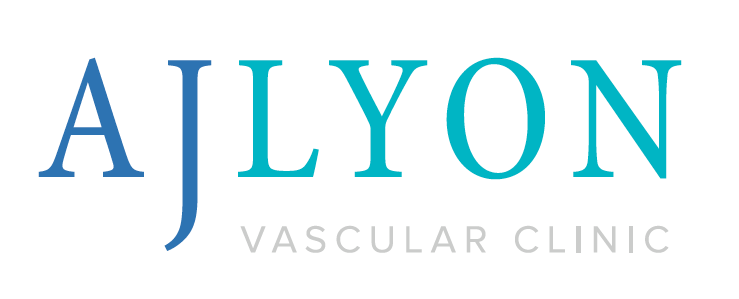The answer is YES, we can in 1 out of 5 patients!!
Ref. EJVES Feb 2016
2015 will be remembered as the year in which intra-arterial thrombolysis (IAT) was established as a highly beneficial therapy for patients with acute ischaemic stroke affecting the anterior circulation. No other intervention in the cardiovascular field has been considered so important that the editors of the New England Journal of Medicine decided to publish the results of five trials on the same topic in the same volume.
In fact, if a stroke centre persistently failing in saving 1 stroke patient for every 5 stroke incidents, we should question the centre ability to be a stroke establishment.
the following meta-analysis of six RCTs shows clear unquestionable evidence of the effect of this treatment in reversing the stroke status, that has been long considered as irreversible.
Few questions remains:
TIMING: within 6 hours after acute stroke onset in six randomized clinical trials
SHOULD WE DO CAROTID SURGERY/STENTING SIMULTANEOUSLY? no evidence for or against. we however should do the carotid procedure ASAP.
IS ACUTE CAROTID OCCLUSION TREATABLE? YES; occlusion may spontaneously recanalize in the early hours/days after stroke onset (observed in 16% of patients).
SHOULD PATIENT HAS INTRAVENOUS THROMBOLYSIS AS WELL? no evidence. Intracranial haemorrhage occurs in 6% of IV thrombolysis.
All in all, the practice should now change and a new mind set should start to establish among decision makers.

